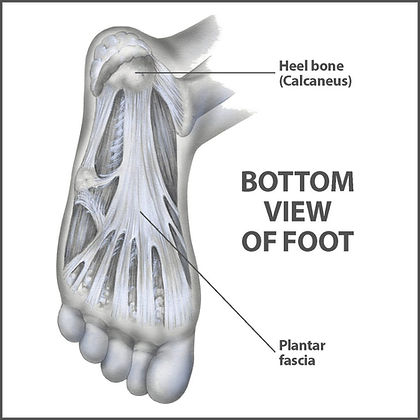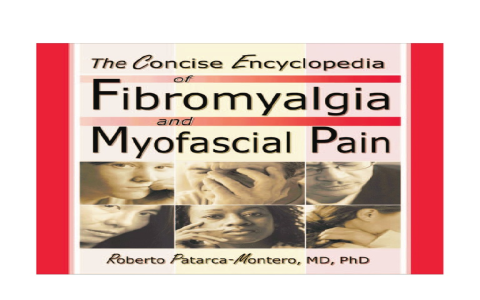Understanding Fibromyalgia and Plantar Fasciitis: A Dual Challenge for Patients
Imagine waking up to persistent pain in your feet and a nagging ache all over your body. This could be more than just a bad morning; it might be indicative of fibromyalgia and plantar fasciitis, two conditions that can significantly impact daily life when coexisting. Let’s delve into the nuances of these conditions, understand their symptoms, and explore how they can be managed effectively.
Fibromyalgia is a disorder characterized by widespread musculoskeletal pain accompanied by fatigue, sleep, memory, and mood issues. It’s often misunderstood because its symptoms are not visibly detectable through standard tests like X-rays or MRIs, which can make diagnosing and treatment all the more challenging.

On the other hand, plantar fasciitis is specifically related to the foot. This condition involves inflammation of the plantar fascia, a thick band of tissue that runs across the bottom of your foot and connects your heel bone to your toes. Pain is typically felt at the bottom of the heel and is particularly acute after periods of rest or inactivity, like first steps in the morning.
Overlapping Symptoms and Diagnosis
One of the critical points to understand about these conditions is the potential for symptom overlap, which can complicate diagnosis. Both fibromyalgia and plantar fasciitis can present with:
-
Fatigue: Chronic fatigue is a hallmark of fibromyalgia, but individuals with plantar fasciitis might also experience exhaustion due to sleep disturbances caused by foot pain.
-
Sleep Disturbances: Sleep issues are common in fibromyalgia due to pain, and the discomfort from plantar fasciitis can further disrupt sleep.
-
Pain: The pervasive pain in fibromyalgia might be confused with the localized pain in the heel associated with plantar fasciitis, although the latter’s pain pattern is more predictable.
Medical professionals often use diagnostic criteria like the American College of Rheumatology guidelines for fibromyalgia to differentiate these conditions. For plantar fasciitis, a physical exam, along with patient history and imaging like an ultrasound or MRI if necessary, helps confirm the diagnosis.
Treatment Strategies
Effective management of fibromyalgia and plantar fasciitis often involves a multi-faceted approach:
-
Medications: Pain relievers, antidepressants, or muscle relaxants might be prescribed for fibromyalgia to manage pain and improve sleep. For plantar fasciitis, anti-inflammatory drugs can help reduce swelling.

-
Physical Therapy: Critical for both conditions, physical therapy focuses on stretching and strengthening exercises to alleviate symptoms. In plantar fasciitis, specific stretches can significantly reduce heel pain.
-
Lifestyle Modifications: This includes weight management to reduce strain, wearing supportive footwear, and avoiding prolonged standing or walking.
-
Alternative Therapies: Techniques like acupuncture or massage therapy might provide relief. For fibromyalgia, cognitive behavioral therapy can help manage the psychological impacts.
Integrated Approach
Living with both fibromyalgia and plantar fasciitis presents unique challenges but with tailored treatment plans focusing on pain management, daily activity adaptation, and mental health support, individuals can find substantial relief. Coordination between different healthcare providers is essential. A rheumatologist, podiatrist, physical therapist, and perhaps a mental health professional might all play roles in managing these conditions.
In this journey towards better health, understanding your body and advocating for integrated care is paramount. By engaging actively in your treatment, setting realistic expectations, and exploring a variety of therapeutic options, people can enhance their quality of life significantly. This approach not only targets symptom relief but also fosters resilience in dealing with chronic pain conditions.



